During the 1950s to 1980s, Bugis Village flourished with energy. Its claustrophobic streets were crammed with market stalls selling food and clothing and restaurants which extended out of the shop houses that lined the street.
Hawkers and merchants of a more promiscuous nature lingered within the dark alleyways that rooted out from the main roads.
Amongst the chaos and clamour, strolled in the infamous and unapologetic ladyboys of Bugis Street. These beautiful women were tall, lithe and snaked their way through the crowds of people seamlessly.
“Dressed in sexy, tight-fitting dresses or satiny pants, wearing heavy stage makeup and high heels, they took over the territory.”
“The street seemed to belong to them and their dramatic entrance was followed by scrutinizing eyes. It appeared that most visitors were there to watch the show that had just begun.”
It was during this time in the 1980’s that Alain Soldeville, a French photographer, arrived in Singapore and became an accidental witness and unlikely friend to the transgendered community of Bugis Street.
He became close with Rose, a well-known ladyboy of Malaysian background, who later introduced Alain to her friends Amina, Danita, Delphine and Susanna.
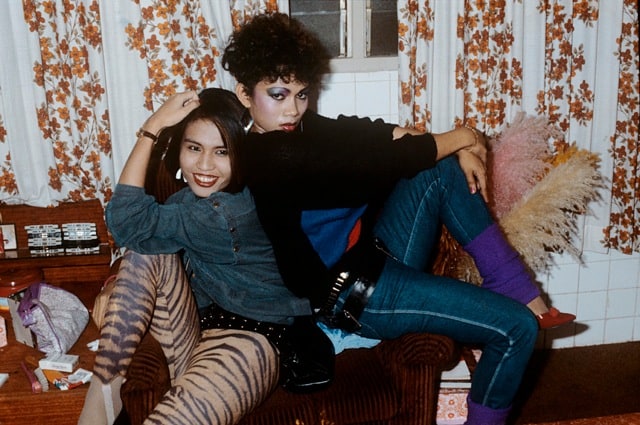

Alain recalls a scene of these androgynous creatures stepping out of a taxi and the air around them seeming to have frozen – as if it couldn’t help but to stop and admire their deviant allure. He describes of the “strange colours and the girls’ poses giving a feeling of cinematographic artificiality”.
He was spellbound by the glamour of Bugis Street.
It was this same allure which attracted western tourists during the 1950’s that made Bugis Street internationally renown for its nightly parade of flamboyantly dressed ladyboys.
They attracted crowds of gawkers from all over the world curious to see the Asian queens in all their glory.
The ladies would tease, seduce and sit on men’s laps or pose for a photograph for a fee. Others would sashay up and down the street like intoxicating succubi preying on drunken sailors, rowdy Americans and other curious foreigners for an hour of profitable intimacy.
They were unforgiving in their seductions and unapologetic in their nature, which made them all the more unforgettable to the tourists who have tasted the flavour of Bugis Street’s exotic thrill.
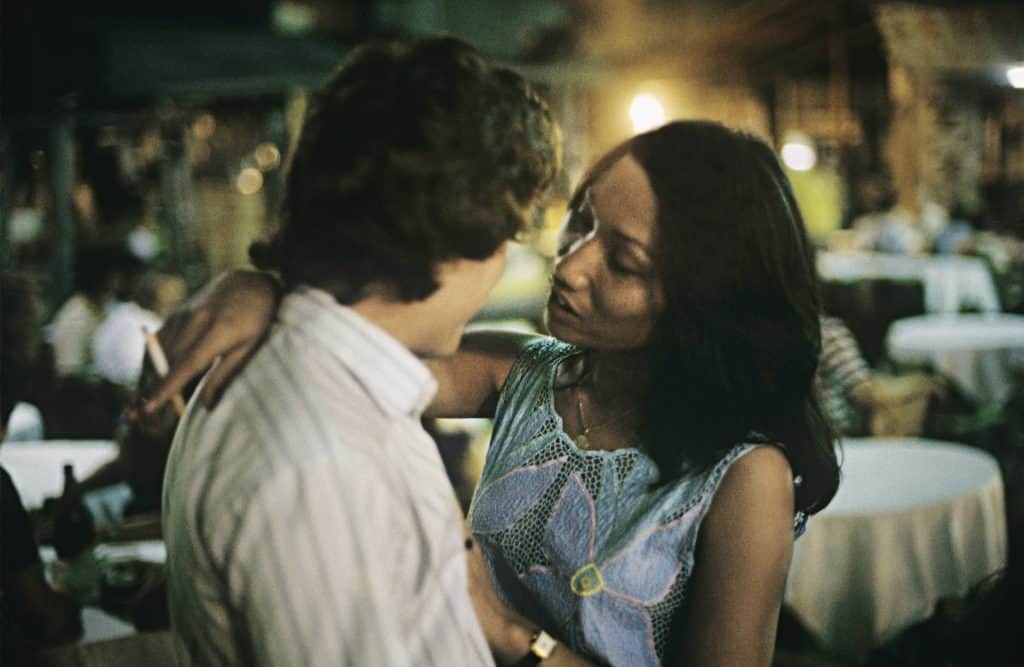
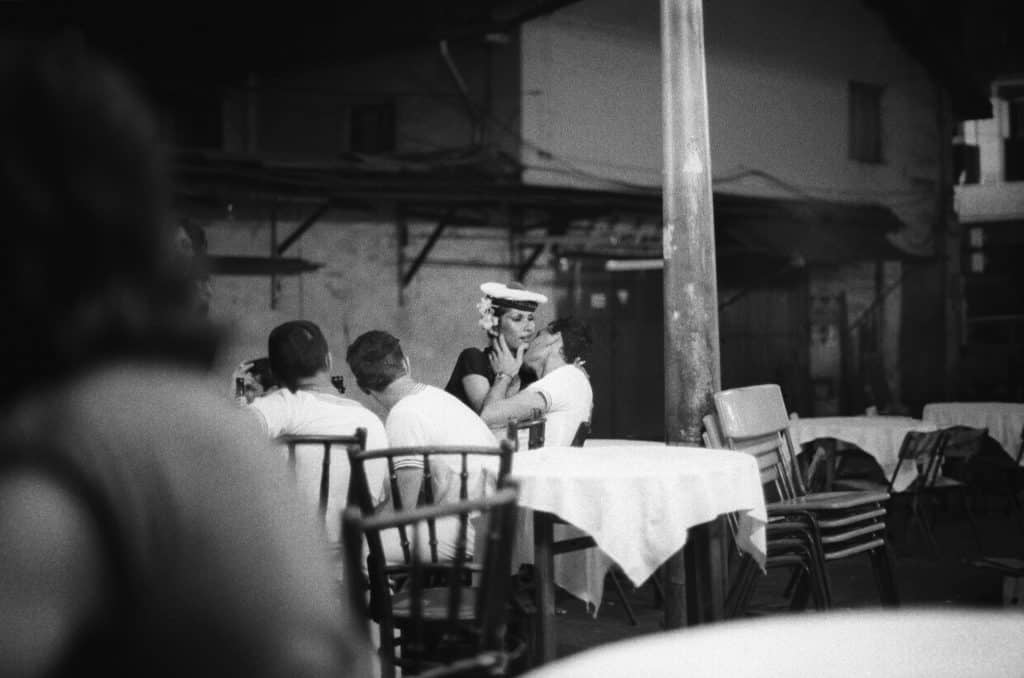
It was also during the 1980’s that the Singapore government began an intensive crackdown of the area, intending to purge the area of this lewd behaviour and all of those who took part in it.
Foreigners, ladyboys and pimps alike were to be severely punished if they were caught soliciting, regardless of how much profit Singapore’s tourist industry was gaining from such behaviours.
Up until then, the locals had accepted this colourful subculture of Singapore – as the area became even more popular amongst tourists, the conservative few became worried about the image it might send across the world, of Singapore as a hub for seedy behaviour and as the red light district of Asia.
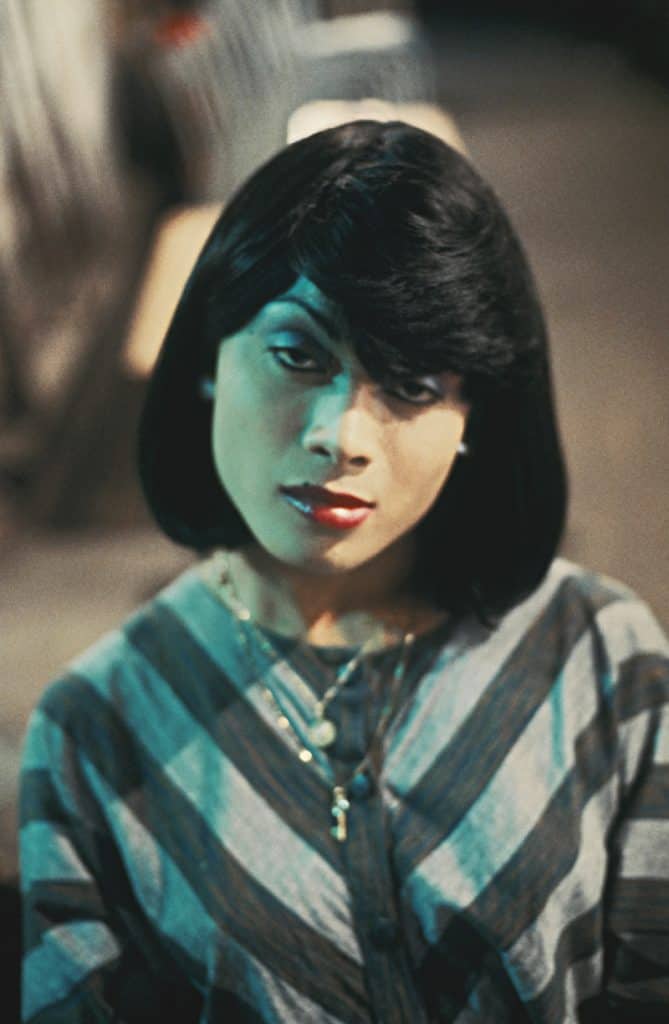
It was fortunate that Alain had documented what were the final glory days of the ladyboys of Bugis Street.
When he returned later in the 1984s, preparations had already been made by the government to tear down this neon runway as part of a redevelopment plan to clean up the area and to make way for the Bugis MRT.
Alain criticised the “globalised ways of consumerism” which have caused Bugis Street to disappear and reinforce the marginalisation of transvestites from everyday Singaporean society.
In an interview with The Electric New Paper in 2008, Miss Amy Tashiana; a former ladyboy who used to parade the streets of Bugis Street during the 1950s to 1980’s, said,
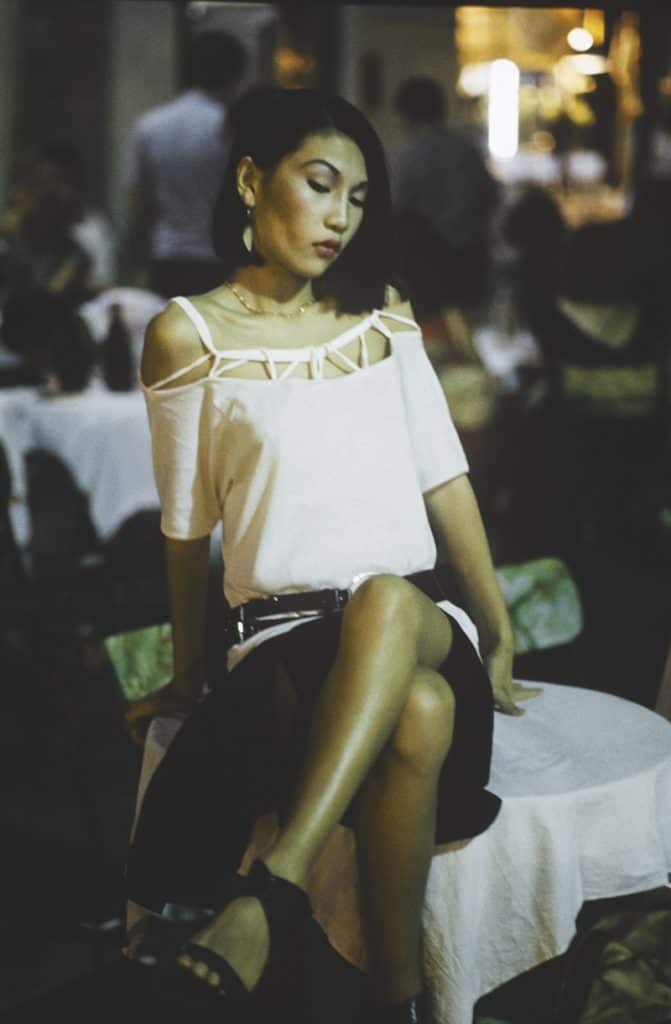
“Darling, those days are over.”
Although their neon runway might have been demolished and long forgotten, the diva within each of them still lives on. She spoke of resilience and the need to be fiercely independent in order to defend their identities.
Thus, despite the cleansing during the 1980’s, many of the original ‘sisters’ refused to be tamed and have moved overseas to live out their ladyboy days in more accepting societies.
Others had opted for a slower paced life by working in shops and small businesses but return occasionally to visit the girls.
The ladyboys of Bugis Street represented a defining moment in Singapore’s subculture history; they fought back against the norms and marginalisation with beauty, seduction, fun and unity in their womanhood.
As Alain shares his iconic portraits of the brazen ladyboys, their legacy will continue to live on in modern Singapore’s transgender youth – who are unafraid to wear their identity as their armour – in a society still struggling to accept their existence.
To view more photos of Alain Soldeville’s ‘Bugis Street’ click here.
To view more of Alain Soldeville’s projects click here.
Bugis Street is an ongoing exhibition at Objectifs Gallery featuring portraits of the transgender community in Bugis in the 1980s.


















